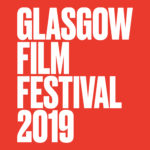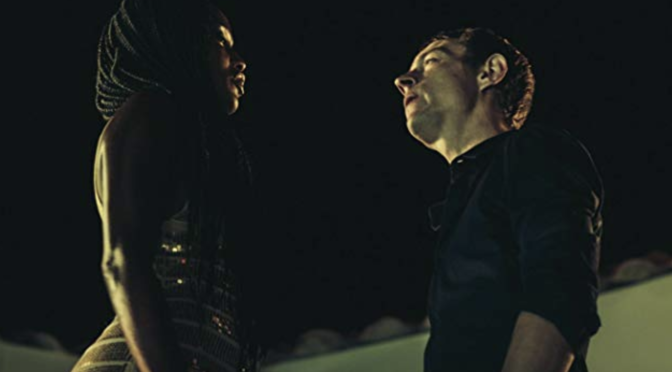 Following the last 24 hours in the life of shamed Tour de France competitor Thierry (Vincent Rottiers), Koen Mortier’s ANGEL straddles the space between filmic reality and dreams. Although the film is loosely based on the true story of Frank Vandenbroucke, it marks a departure from reality by dramatising the final hours of the fictional and troubled Thierry.
Following the last 24 hours in the life of shamed Tour de France competitor Thierry (Vincent Rottiers), Koen Mortier’s ANGEL straddles the space between filmic reality and dreams. Although the film is loosely based on the true story of Frank Vandenbroucke, it marks a departure from reality by dramatising the final hours of the fictional and troubled Thierry.
On holiday in Senegal after an accident and before training resumes, Thierry meets prostitute Fae (Fatou N’diaye). He is captivated by her beauty and pays to spend the night with her. On a deserted beach, he asks her to marry him. His quick proposal comes as a shock to Fae, but would allow her a chance to escape poverty and prostitution. The film records Thierry’s struggles with anger, drugs and fame and allows insight into his mental state through dream like sequence depicting his injury, life with ex-wife and even into his dreams. These flashback moments help to further the fictionality of the film, and successfully establish the film as a stylistic exploration of intense experience.
Two different people from two very different worlds come together in ANGEL and this is interestingly reflected in the cinematography, lighting especially. Fae is often placed in spaces which are washed with red light, seemingly pointing to the dangerous world of prostitution she inhabits and the risks posed to herself and her body. Blue lighting frequently marks the coldness of certain spaces, such as the police cell, and the isolation and loneliness experienced by both Thierry and Fae. Lighting is therefore a strong indicator of mood in ANGEL; it defines space and contributes to the dreamlike nature of the film. Similarly, music is used to structure key moments and although at times is loud and overpowering, this does not detract from the film and is instead skilfully incorporated into the narrative to reflect the mood of the scene.
Visually, this film is almost flawless. Handheld cameras work to demand the viewer’s attention, and physically take us with Thierry on his journey in Senegal. The busy markets and bars are contrasted with the quiet motel room and beach where Thierry proclaims his love to Fae. Both actors do well to portray the intensity of their feelings, and their performances are authentic and often electrifying.
Where the film is perhaps not as successful is in its presentation of the female body, which is often eroticised by the camera. It forces the viewer to linger on Fae’s form and, while at times this is an accurate representation of how female bodies are viewed in circumstances such as this, the film’s failure to explore her backstory as fully as Thierry’s – Fae’s is hinted at but never explained – risks marking her as an plot device rather than as a protagonist.
Throughout ANGEL, Fae refuses to define herself as a prostitute, and instead calls herself a gazelle. Although Fae refuses to define herself by her occupation, it is a pity that the film does by not developing her character further.

